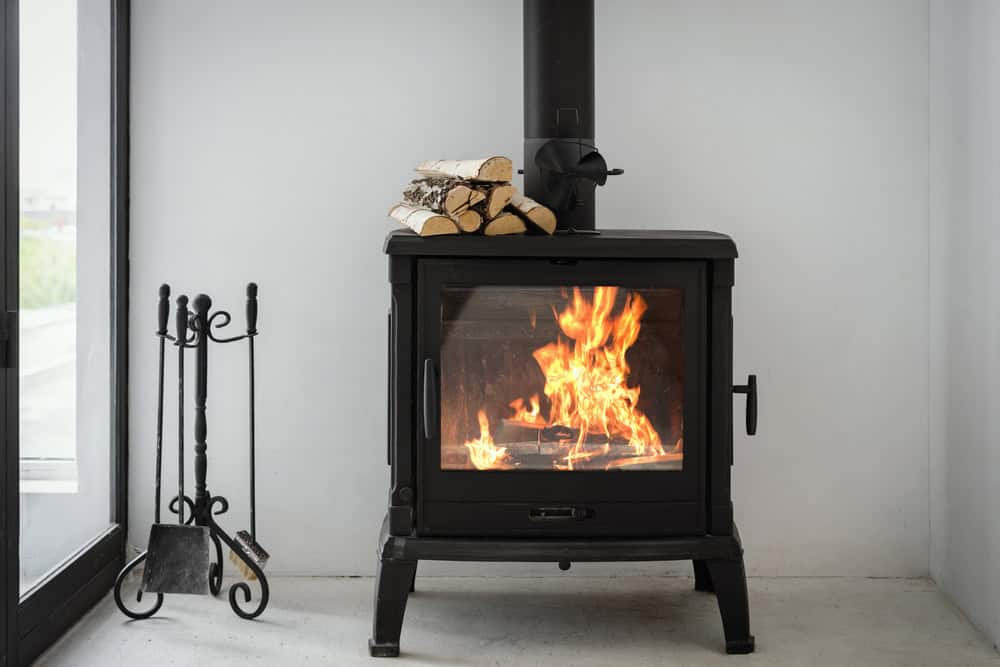Chimney Stove Installation in New England
Adding a Reliable Heating Source to Your Residence in Rhode Island
A chimney stove installation involves more than just placing a unit; it’s about integrating a powerful heating appliance into your home correctly and according to code. Firstly, this process includes selecting the right type and size of stove for your space and heating requirements, considering factors like room dimensions and insulation. Secondly, it requires proper venting through a chimney system, which might involve installing new chimney liners or components to handle the exhaust safely. Proper clearances from combustible materials are also strictly followed.
This service is particularly important for homeowners in Massachusetts seeking supplemental or primary heating, especially during long, cold winters. A correctly performed chimney stove installation will give you consistent warmth and can be a focal point in your living area. It suits individuals looking for alternative heating methods, whether fueled by wood, gas, or pellets. Certified Chimney Inspections focuses on performing every chimney stove installation with attention to detail for homeowners throughout Massachusetts.


Selecting Your Ideal Stove Type in Rhode Island
Choosing the right fuel type for your chimney stove installation is a key decision. Wood stoves offer a traditional ambiance and use a renewable resource, supplying substantial heat, though they need manual loading and regular ash removal. As a result, they appeal to those who enjoy the process and have access to firewood. Gas stoves, on the other hand, provide convenience with thermostat controls and instant heat, requiring less maintenance but needing a gas line connection. They are often chosen for ease of use in busy households.
Pellet stoves offer a middle ground, burning compressed wood pellets automatically fed from a hopper. They produce consistent heat efficiently and require less frequent loading than wood stoves but do rely on electricity to operate the feeder and fans. Each type has implications for installation complexity, venting requirements, and ongoing use. We help homeowners in Massachusetts understand these differences to select the best fit for their lifestyle and home structure, guiding them through the chimney stove installation process for their chosen model.
Gain Warmth, Reliability, and Value
Our Approach to Your Installation Project in Rhode Island
Our method for chimney stove installation prioritizes correctness and adherence to safety standards from start to finish. Initially, we conduct a thorough assessment of your home’s layout, existing chimney structure (if any), and your specific heating goals. This allows us to recommend the most suitable stove type and size, furthermore, we identify any necessary modifications for venting or clearance. We use quality materials for connectors, liners, and other components, recognizing their importance for long-term function and safety.
During the actual chimney stove installation, our technicians work diligently, following manufacturer specifications and national fire protection codes carefully. For instance, we verify appropriate distances from walls, floors, and furniture, and we establish secure, leak-free venting connections. Proper airflow and combustion are checked post-installation. Because of this detailed approach, you receive a heating system that works reliably and aligns with safety regulations common in Massachusetts, supplying warmth you can count on. This systematic process is key to a successful chimney stove installation.
Need chimney or fireplace work? From cleanings to inspections and repairs, we’ve got you covered. Schedule your appointment online or get a free quote in just a few clicks.